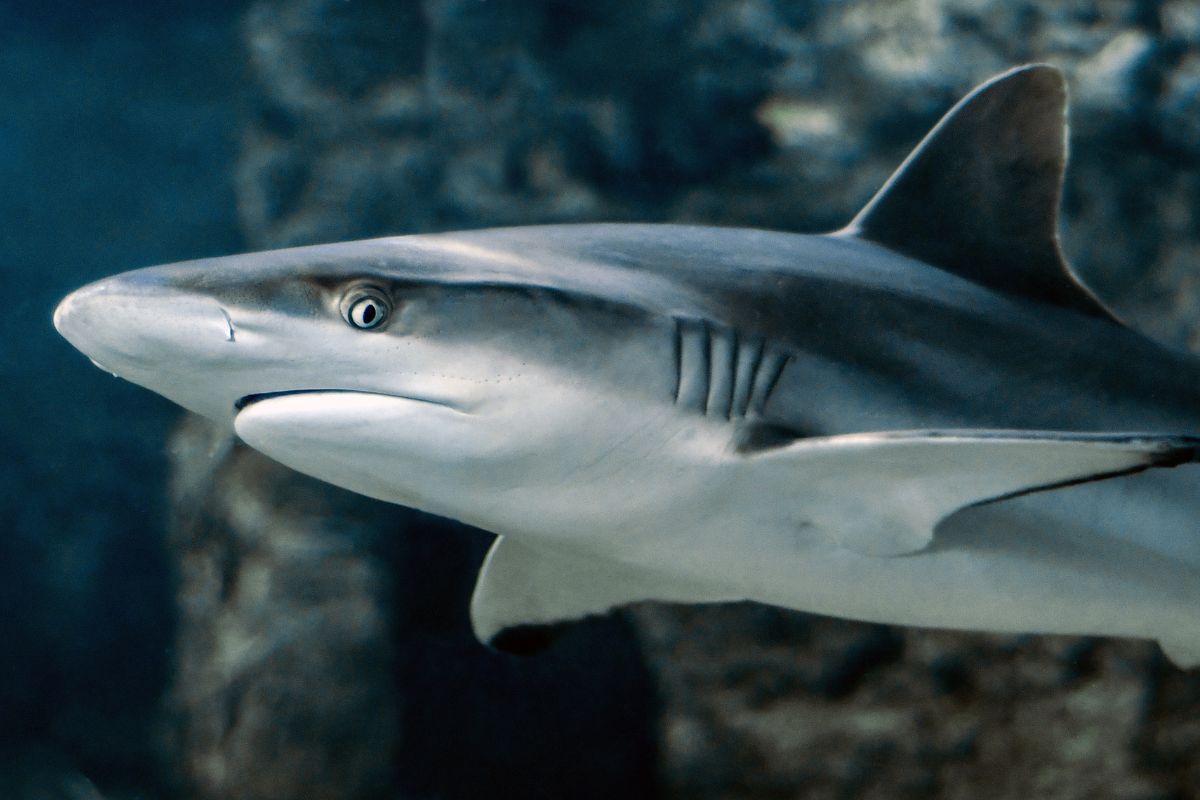Sharks are known for their aggressive nature and have a fearsome reputation as some of the deadliest animals on Earth.
There are a lot of questions and curiosities surrounding these fascinating creatures; how do they manage to stay alive? Are they cold-blooded or warm-blooded?

We took a closer look at some of the most common statements around sharks, in an attempt to find out more about these fascinating creatures.
What Are Sharks?
Sharks are fish with cartilaginous skeletons that lay eggs instead of giving birth like other fish.
They belong to the subclass Chondrichthyes (cartilage fishes) within the class Osteichthyes (bony fishes). Sharks can be found all over the world and inhabit both saltwater and freshwater environments.
Are Sharks Cold-Blooded?
Sharks are considered to be cold-blooded creatures, and this means that their body temperature is as cold as the water that they are living in at that moment.
When the temperature of the water around them drops, so does the body temperature, and this means that sharks can withstand much lower temperatures than other marine creatures.
How Do Sharks Maintain Homeostasis?
The homeostatic mechanism is a way for organisms to maintain a constant internal environment.
This process helps keep the body’s chemical balance by regulating its fluid levels and maintaining a steady pH level. The mechanisms used by sharks to regulate their internal environment include:
- Sweating – which involves the production of heat through the conversion of food into energy.
- Regulation of blood flow – which regulates the amount of blood flowing through different parts of the body.
- Regulation of metabolism – which controls the rate of cellular activity.
Some sharks have the advantage of being homeothermic, and this means that they don’t need to produce any additional heat to maintain their body temperature and that their body temperature is always slightly higher than the water surrounding them.
This extra heat is generated by a strip of the red muscle that runs along the core of the creature, and this is surrounded by a web of veins and arteries – known as the rete mirabile.
These use a countercurrent flow of blood to allow ions, gasses, and heat to be exchanged more quickly and efficiently.
Blood is warmed by sharks using their muscles, and this is carried through the rete mirabile.
The heart is then taken back to the muscles, and this heat is then constant, no matter how low the water temperature drops – this allows sharks to maintain homeostasis even in freezing temperatures and waters.
In addition, there are some sharks that can choose to warm particular areas of the boat over others, allowing them to remain sharp and alert while slowing other areas of the body down.
Final Thoughts
The biology and anatomy of sharks is fascinating and complex, and there are a range of techniques and evolutionary advantages that these creatures employ to help them stay safe, comfortable, and ready for action.
Their method of homeostasis allows them to stay alert and alive in a range of waters; even the coolest temperatures are no issue for these warriors of the ocean.
- Is It Possible For A Shark To Swim Backwards? - August 2, 2022
- Are Leopard Sharks Dangerous? - August 2, 2022
- What Are The Differences Between Shark And Dolphin Fins? - August 1, 2022








